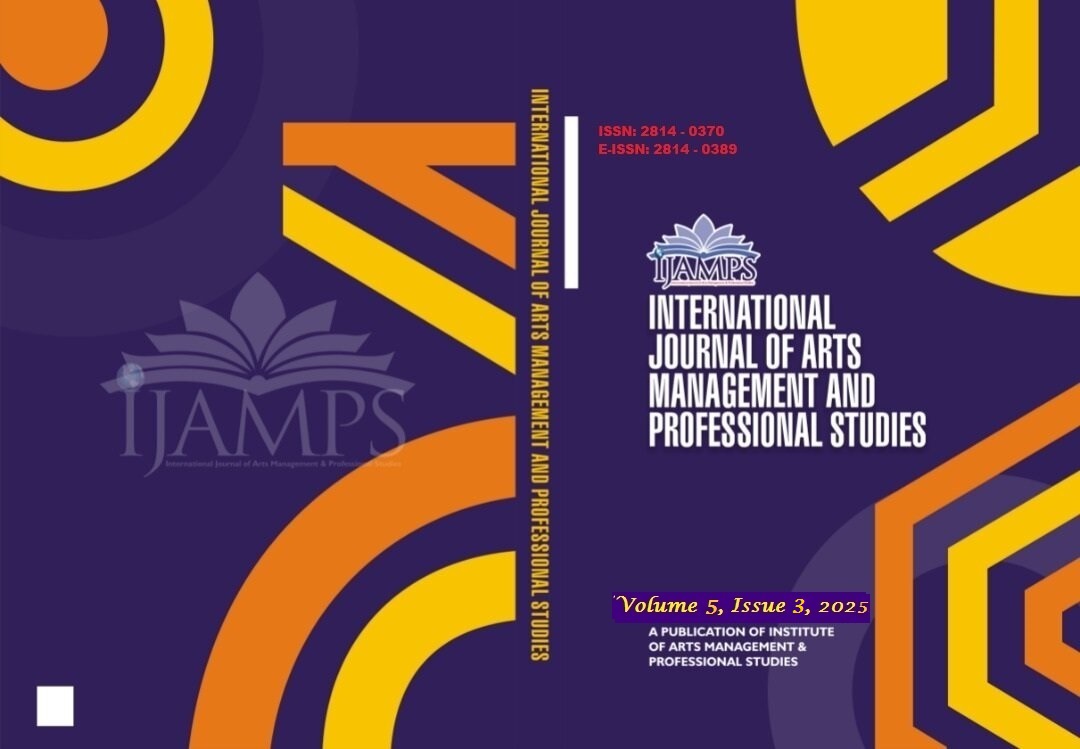
MONETARY POLICY AND ECONOMIC STABILITY IN SELECTED AFRICAN COUNTRIES
Dr. Bassey Moses Ogar
Volume 5, Issue 3, September 2025
This study examines the relationship between monetary policy and economic stability in selected African countries. The World Bank Data Collection, which spans 2012–2023, was used to compile the study's data. Methods such as regression analysis, unit root test cointegration, and descriptive statistics were used to examine the data. With the exception of Egypt, where the trace statistic was 1, all variables were found to be cointegrated. The involvement of interest rates, money supply, exchange rates, and monetary policy rates in economic growth is demonstrated by this discovery, which has significant policy consequences. According to the research, central banks in Africa might help the continent's developing economies by stabilising their currency rates, limiting the money supply, and keeping the monetary policy rate low. The Central Banks of African countries should take into account the direct and important relationship between the exchange rate and GDP when formulating policies to stabilise the internal and external values of their currencies. To lessen the effect of the extremely unstable currency rate on local pricing, for instance, a stable exchange rate regime must be established. The monetary policies of developing country central banks could be strengthened with the help of instruments such as adjustable interest rates. Monetary policy instruments should be sufficient and outcome-oriented in any policy. Finally, the government should make developing the money and financial markets a top priority.